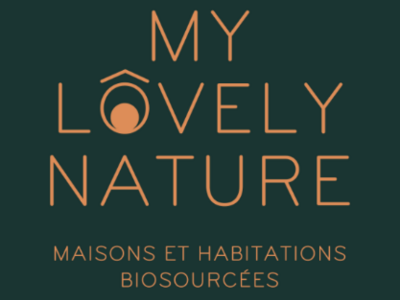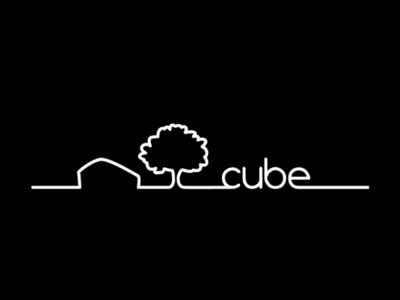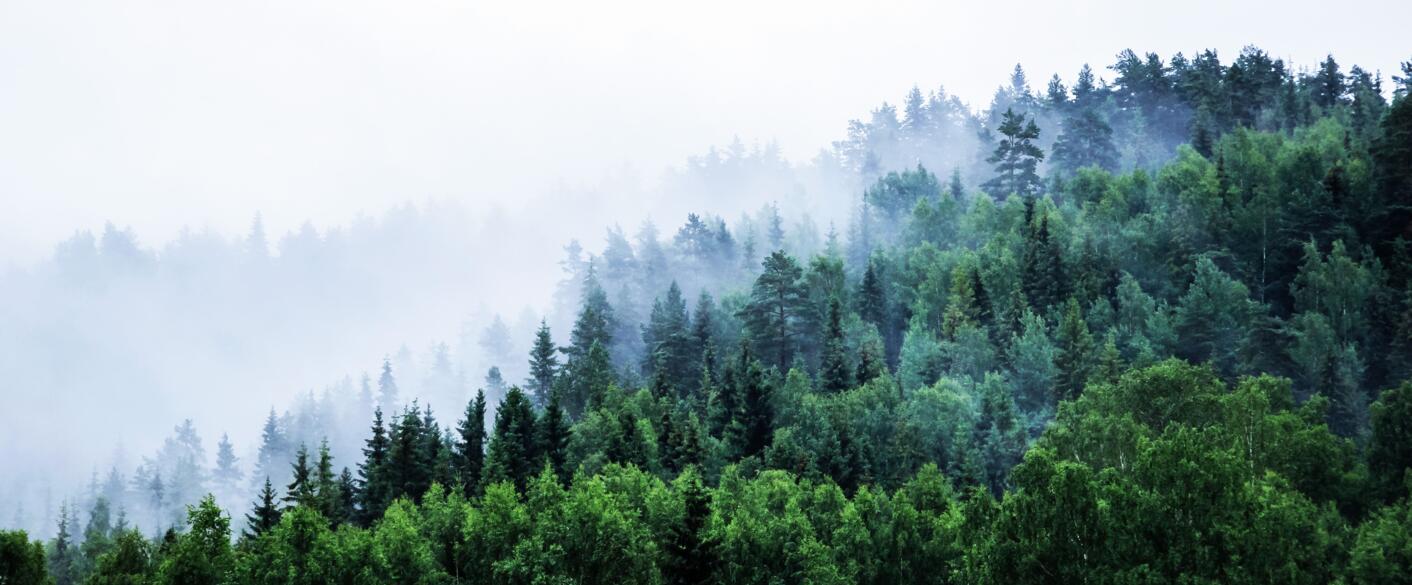EcoThermo wood by Sivalbp is a cladding and panelling solution that combines aesthetics, performance, and environmental friendliness. Thanks to an entirely natural thermo-stabilization treatment (without the use of chemicals), this wood gains durability, dimensional stability, and resistance to biological damage. Suitable for a wide range of indoor and outdoor uses, heat-treated wood cladding (EcoThermo wood) is particularly popular for demanding architectural projects, contemporary facades, and humid spaces such as bathrooms.
Key points to remember:
- Heat-treated wood cladding undergoes a natural heat treatment: it is heated to a high temperature without the addition of any chemicals.
- Enhanced dimensional stability: heat treatment reduces shrinkage and warping and neutralizes resin pockets.
- Increased resistance: improved resistance to fungi, insects, and weather conditions, including in humid environments.
- Long-lasting aesthetics: uniform brown color, natural graying possible without finishing.
- Versatile wood species: Nordic pine, Nordic spruce, and larch can be used for exterior cladding or interior paneling.
- Low maintenance: Thanks to its durability and natural resistance, thermally treated wood requires less maintenance than conventional wood.









